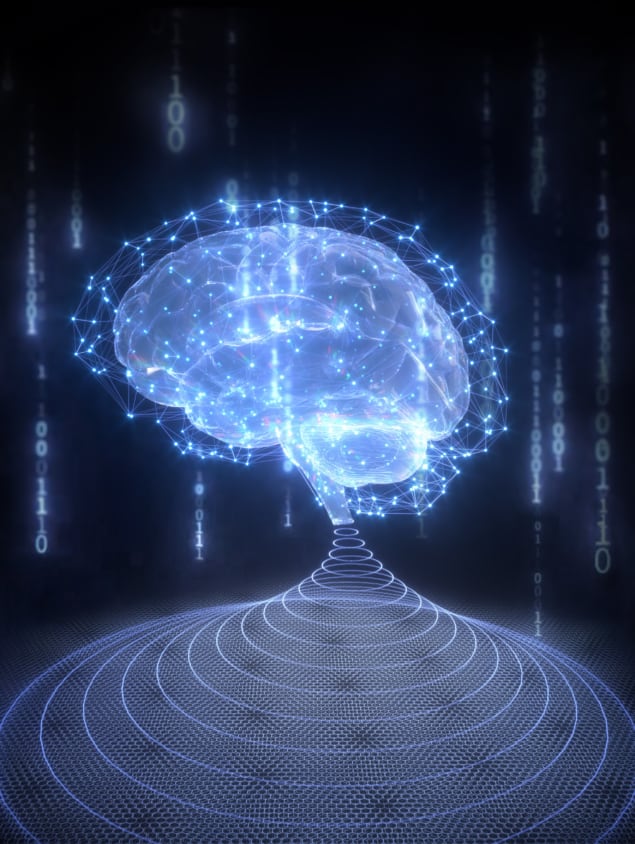Machine learning takes the hassle out of cold-atom experiments
31 Jan 2024 Margaret Harris
Automatic adjustments: A view into the vacuum chamber containing the Tübingen group's rubidium magneto-optical trap (MOT). The frequency of the MOT lasers is controlled by a reinforcement learning agent. (Courtesy: Malte Reinschmidt)
Cold atoms solve many problems in quantum technology. Want a quantum computer? You can make one from an array of ultracold atoms. Need a quantum repeater for a secure communications network? Cold atoms have you covered. How about a quantum simulator for complicated condensed-matter problems? Yep, cold atoms can do that, too.






































